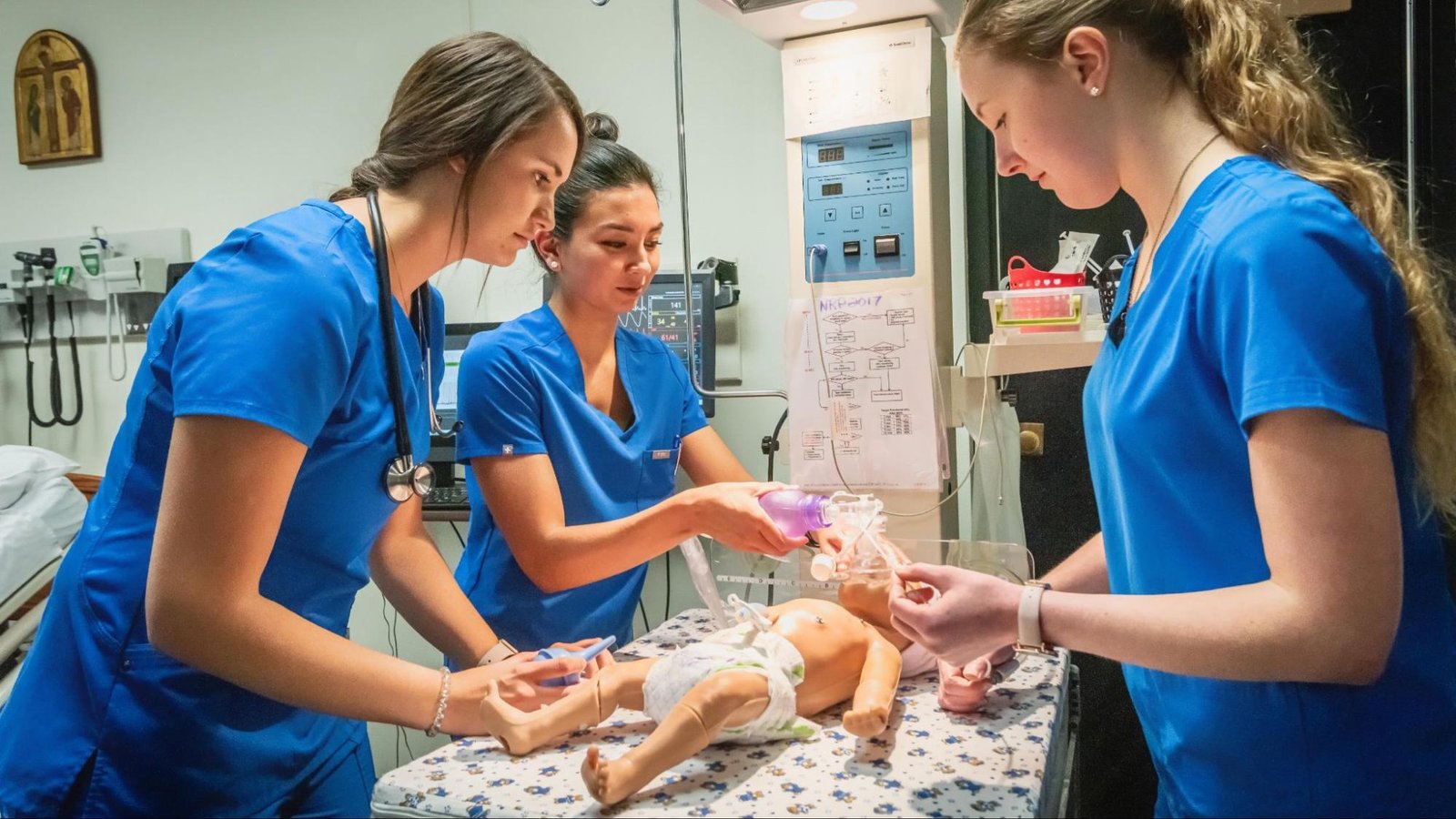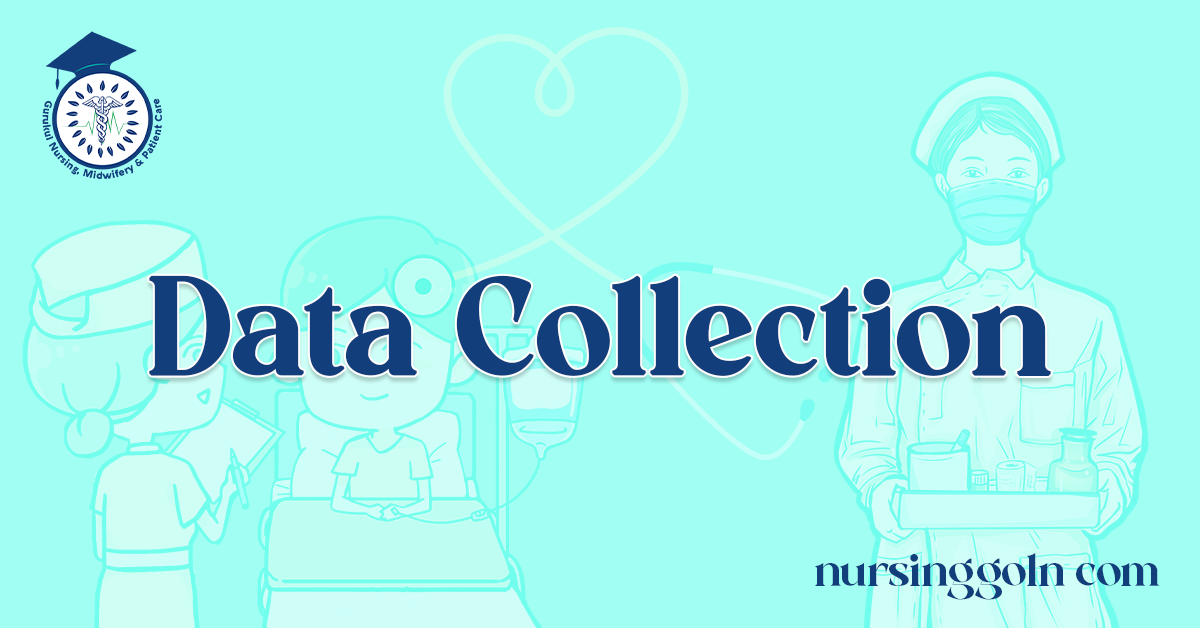Today our topic of discussion is Data Collection.
Data collected from a patient

Data collected from a patient includes both objective and subjective data. Objective data are detectable by an observer. Examples of objective data are blood pressure recording, checking body temperature, detecting cyanosis process. in a patient. Subjective data are apparent only to the patient concerned. Examples of subjective data are feeling of pain. itching, etc.
Sources of Data
Client:The chief source of data is usually the client unless the client is too ill, young or confused to communicate clearly. The client can provide subjective data that no one else can offer.
Significant others: Significant others are supporting person who knows the client well and often provide data. They might convey information about the stress the client was experiencing before the illness, family attitudes to illness and health and the client’s home environment.
Health personnel: Health personnel are often the sources of information about a client’s health. Nurses, physicians, social workers and physiotherapist. Physician who knows the client’s home setting may provide valuable data about the family and the environmental stress.
Medical records: Medical records are often a source of a client’s present and past health and illness patterns. This record can provide nurses with information about a client’s coping behaviors, health practices, previous illness and allergies.
Other records and reports: Other records and reports can also provide information pertinent to health, laboratory. and tests are frequently ordered as part of the physician’s initial examination to aid in a medical diagnosis.
Literature: The review of nursing and related literature, such as professional journals and reference texts, can provide additional information for the database.

Methods of Data Collection
Observation: The nurse observes mainly through sight. all of the senses are engaged during careful observations Observation has two aspects: (a) noticing the stimuli and (b) selecting, organizing and interpreting the data, i.e. perceiving them. Observation is a conscious, deliberate skill that is developed only through effort and with an organized.
Interviewing: The nurse interviews the patient and his significant others obtain data by asking relevant questions Interview is a planned communication or conversation with a purpose. Interviewing can be viewed as a process in the nursing health history, which is the primary tool for data collection during the assessment phase of the nursing.

Examination: Nurses perform physical assessment to obtain the objective data needed to complete the assessment phase of the nursing process. A complete database of both subjective and objective data allows the nurse to formulate nursing diagnosis, to develop client goals and intervene to promote health and prevent disease.
Read more:
